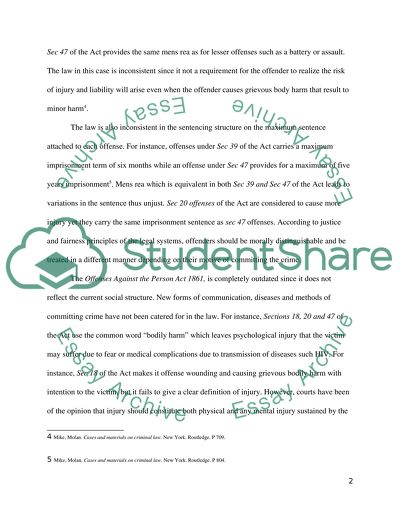Cite this document
(“The law relating to non-fatal offences against the person is in urgent Essay”, n.d.)
Retrieved from https://studentshare.org/law/1455905-ychthe-law-relating-to-non-fatal-offences-against
Retrieved from https://studentshare.org/law/1455905-ychthe-law-relating-to-non-fatal-offences-against
(The Law Relating to Non-Fatal Offences Against the Person Is in Urgent Essay)
https://studentshare.org/law/1455905-ychthe-law-relating-to-non-fatal-offences-against.
https://studentshare.org/law/1455905-ychthe-law-relating-to-non-fatal-offences-against.
“The Law Relating to Non-Fatal Offences Against the Person Is in Urgent Essay”, n.d. https://studentshare.org/law/1455905-ychthe-law-relating-to-non-fatal-offences-against.


